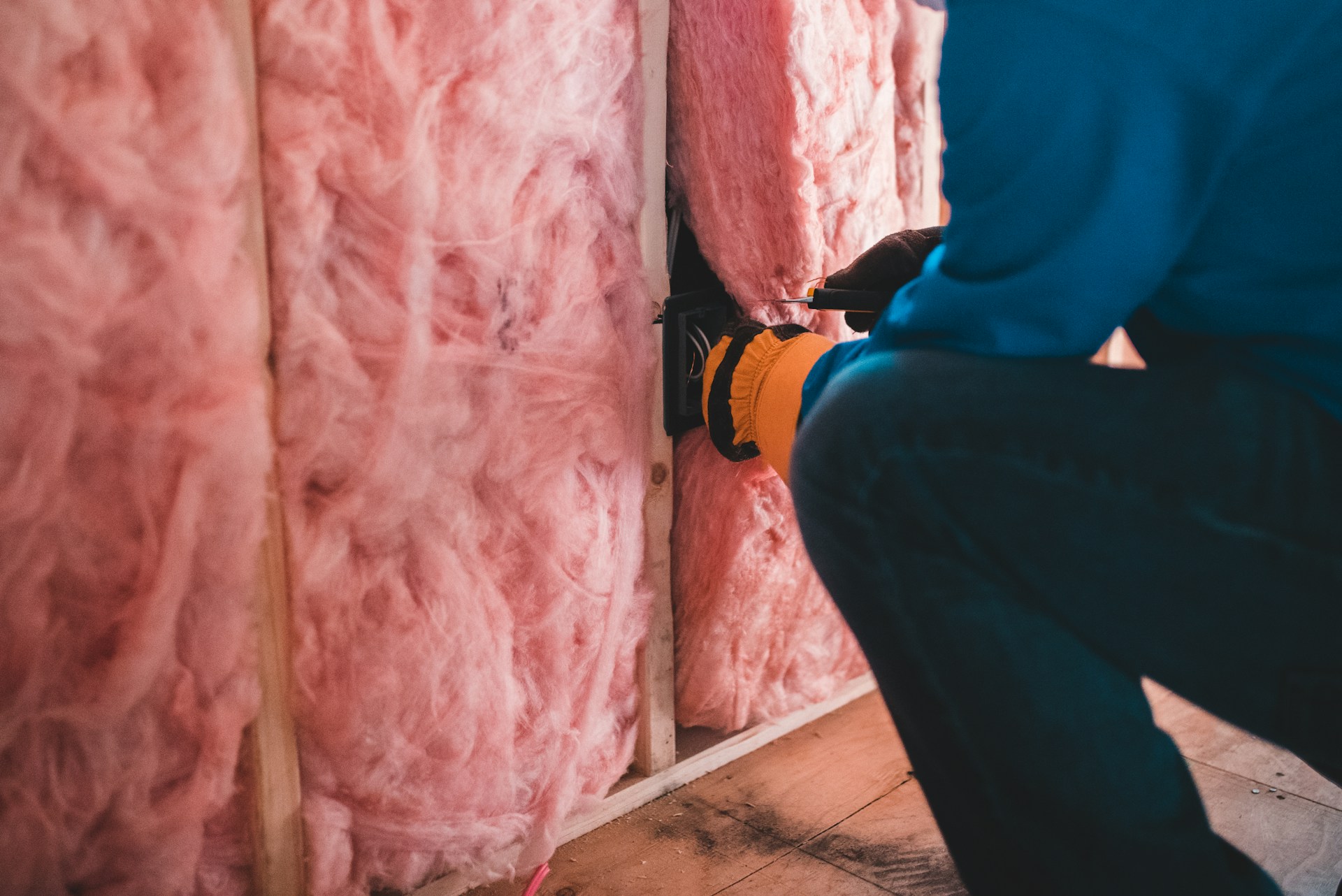When discussing the factors contributing to a comfortable and healthy home, one might think of appliances, air conditioning systems, or furnishings. Yet, home insulation is often overlooked- the silent contributor to a home’s comfort and, more importantly, its residents’ well-being. Insulation’s role extends beyond energy efficiency and climate control; it significantly influences indoor air quality. This essential aspect of home building and renovation affects everything from personal health to overall living costs and sustainability.
Understanding Indoor Air Pollutants
Most people spend much of their time indoors, making indoor air quality a critical health concern. The potential list of indoor pollutants varies depending on lifestyle, climate, and building materials used. It can range from microscopic dust mites and pet dander to invisible gases from building materials and home furnishings, such as formaldehyde and other volatile organic compounds (VOCs). Without proper ventilation and air purification, accumulating these pollutants can have a noticeable effect on health, contributing to asthma, allergies, and other respiratory conditions.
How Insulation Improves Air Tightness
Properly selected and installed home insulation significantly impacts indoor air quality control by improving a home’s air tightness. Air leakage through walls, roofs, and floors can introduce unfiltered outdoor air that may contain pollutants. Modern insulation products effectively seal homes against these external elements, thus pivotal in managing what enters the living environment. This containment capacity is particularly relevant in regions with high pollen counts, or urban areas with elevated pollution levels, where sealing out the external environment offers a notable health advantage.
Insulation Materials and Indoor Air Quality
The selection of insulation materials is critical in maintaining indoor air quality. Choices such as fiberglass, while cost-effective, have the potential to trap and retain moisture, leading to mold growth if not installed with adequate vapor barriers. On the other hand, spray foam insulation, often more costly, boasts superior air-sealing qualities and does not retain moisture, reducing mold potential. Also, this type of insulation has a longevity that outmatches many other materials, helping to sustain a clean indoor air environment.
Choosing Low-Emitting Materials
Selecting insulation products with lower volatile organic compound (VOC) emission rates is advised to mitigate the risks associated with material emissions. Certifications like Greenguard Gold can be a helpful reference, indicating proof of low chemical emissions, translating to better indoor air quality. By investing in such certified products, homeowners can take proactive steps to minimize their indoor pollution and protect their health in the long run.
Installation Best Practices for Healthier Air
A critical, albeit often overlooked, factor in insulation’s effectiveness is its installation. For DIY-minded individuals, understanding best practices is invaluable. It’s paramount to seal gaps where air can infiltrate to avoid compressing the material, which reduces its insulative properties, and to verify that it doesn’t obstruct necessary ventilation. Failing to adhere to these principles can compromise the insulation’s performance and the home’s air quality. For homeowners seeking professional help, technicians skilled in insulation installation can provide tailored solutions that cater to specific structural needs while upholding the highest standards for healthy indoor air.
Professional Assessment and Installation
Having a professional assess your home can ensure that not only is the correct type of insulation recommended, but it is also installed correctly to optimize air quality. These experts are equipped to address the unique intricacies of each home, recognizing the material and method that best suits its design and your air quality needs. This attention to detail enhances comfort, air quality, and energy savings.
Regular Insulation Checks and Indoor Air Quality
Insulation, like any other component of home infrastructure, requires maintenance. Structured homes are subject to natural shifting and settling, which can, over time, compromise the integrity of insulation. Wear and tear or pest infestation can also lead to degradation. Thus, regular insulation checks are vital. They prevent potential issues such as moisture build-up, a precursor to mold. Identifying and rectifying these issues promptly can prevent a decline in air quality and ensure the ongoing effectiveness of the insulation.
The Broader Benefits of Proper Insulation
The discussion of insulation’s benefits is complete with addressing its environmental and economic effects. Insulation plays a pivotal role in reducing energy consumption, thereby lessening the environmental footprint of a household. Energy-efficient homes reduce the strain on power infrastructures and resources, leading to a greener future. Concurrently, these homes result in lower utility bills for the homeowner, illustrating a direct financial advantage. Thus, the benefits of proper insulation stretch far beyond immediate indoor air quality improvement; they have long-term fiscal and ecological impacts.
For those desiring to delve deeper into the various pollutants that are common indoors and ways to deal with them, the Environmental Protection Agency provides a vast resource. Equally informative is guidance from the U.S. Department of Energy, which offers detailed advice on strategic insulation for air quality enhancement and energy conservation.




